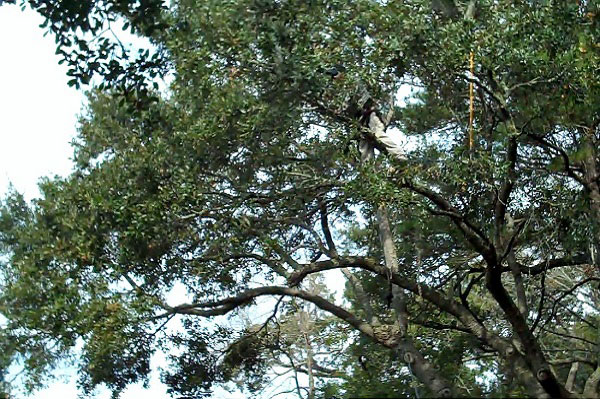Last modified: August 22, 2023
A Tree’s Three Main Components

Written by matthew• June 30, 2022

Trees can be broken down into three main parts: the leaves, the roots, and the woody structure between them. The roots’ function is to bring raw materials-water and mineral salt liquified in water-to the tree; a continuous ride from the ground to the structure of the tree. The leaves absorb carbon dioxide from the air and utilize the sun’s light energy to integrate this gas with the wetness from the roots, therefore making the simple sugars that are the fundamental nutrients of the tree. Photosynthesis is the name of the game here.
The trunk, branches, branches and limbs hold the leaves in position to get the life-giving sunlight and CO2; they likewise act as transportation, carrying raw materials in between roots and leaves, as your local Mount Pleasant ISA arborist will tell you. The products taken in by the roots are pulled up by capillary physical attraction and the osmotic action caused by evaporation of water from the leaves. Loss of water through the leaves is called transpiration. On a summer season day, a single birch tree may exhale 700 to 900 gallons of water. It is this massive flow of water that causes a continuous circulation of sap from the roots to the topmost branches.
In planting or transplanting a tree, and in constructing on a lot where you want to maintain the trees, the gardener’s primary factor to consider needs to be to secure the root structure of the tree. The big roots near the stem anchor the tree to the ground, while the tiny root hairs at the ends of the rootlets soak up the water from the soil.
The stem or trunk of a tree has three parts: the wood, the pith and the bark. When the cambium ring is severed, as by a wire cable, the tree is killed, and given that the cambium protects against bugs and illness, anything driven into it can wound the tree badly.
Outside of humans themselves, trees have numerous enemies.
There are two hundred thousand recognized kinds of insects that assault trees, in addition to diseases such as blight, rot and rust, storms and dry spells. Luckily, birds help to keep borers, caterpillars, beetles and other creatures in check.
Last modified: August 22, 2023
PTS
1300 Appling Drive
Unit 102
Mt Pleasant, SC 29464